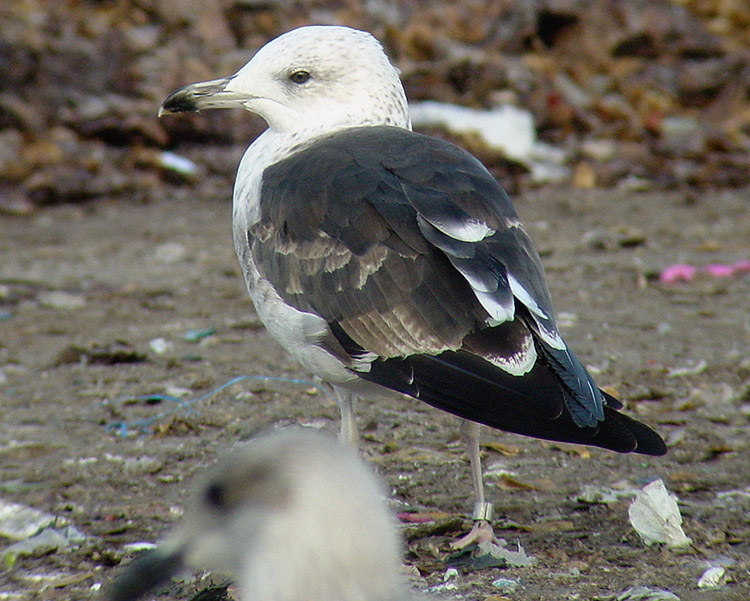 nominate Lesser Black-backed Gull (L. fuscus)
nominate Lesser Black-backed Gull (L. fuscus)
(last update:
Amir Ben Dov (Israel)
Hannu Koskinen (Finland)
Mars Muusse (the Netherlands)
fuscus 1cy July
fuscus 1cy Aug
fuscus 1cy Sept
fuscus 1cy Oct
fuscus 1cy Nov
fuscus 1cy Dec
fuscus 2cy Jan
fuscus 2cy Feb
fuscus 2cy March
fuscus 2cy April
fuscus 2cy May
fuscus 2cy June
fuscus 2cy July
fuscus 2cy Aug
fuscus 2cy Sept
fuscus 2cy Oct
fuscus 2cy Nov
fuscus 2cy Dec
fuscus 3cy Jan
fuscus 3cy Feb
fuscus 3cy March
fuscus 3cy April
fuscus 3cy May
fuscus 3cy June
fuscus 3cy July
fuscus 3cy August
fuscus 3cy Sept
fuscus 3cy October
fuscus 3cy Nov
fuscus 3cy Dec
fuscus 4cy Jan
fuscus 4cy Feb
fuscus 4cy March
fuscus 4cy April
fuscus 4cy May
fuscus 4cy June
fuscus 4cy July
fuscus 4cy Aug
fuscus 4cy Sept
fuscus 4cy Oct
fuscus 4cy Nov
fuscus 4cy Dec
fuscus ad Jan
fuscus ad Feb
fuscus ad March
fuscus ad April
fuscus ad May
fuscus ad June
fuscus ad July
fuscus ad Aug
fuscus unringed Aug
fuscus ad Sept
fuscus ad Oct
fuscus ad Nov
fuscus ad Dec
(3 images) Larus fuscus fuscus 2cy C6XV August 07 2002, Tampere, Finland (61.33N 24.59E).This individual was ringed as pullus, ringed white C6XV, on July 01 2001 in Luopio, Finland (61.35N 24.73E) by Risto Juvaste. Hand when ringed: 250 mm. An advanced second calendar year fuscus with all primaries included in the moult on the wintering grounds last spring; so this bird returned to Scandinavia with 10 fresh second generation primaries (note the rounded tips). All rectrices and secondaries are also 2nd generation. After arrival in N Europe, a new moult wave was started in the inner primaries. By August, the two inner primaries are fully grown 3rd generation and P3 is still growing.
All tertials and secondaries have all been replaced (the upper tertials already for third generation feathers), as can be seen where the central greater coverts are missing. The scapulars are all dark and most are third generation, although the all-black scapulars are hard to classify. Some older scapulars show a brown cast. They are probably the first moulted third generation feathers. Some scapulars in the lowest row are missing. More pictures HERE.
image below: C6XV 3 Aug 2002 (image by Visa Rauste).
|


